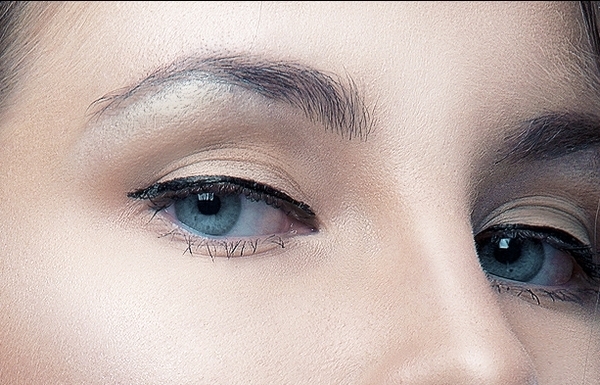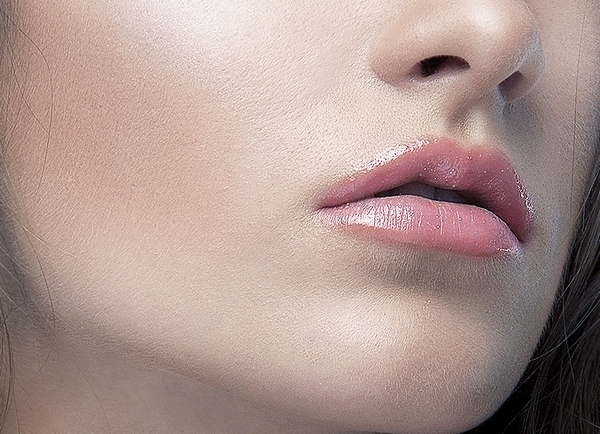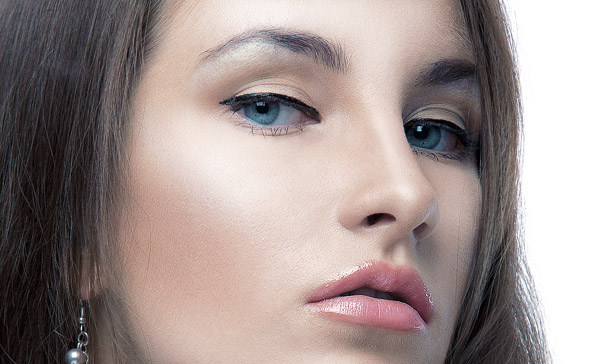In this tutorial I’ll show you how to retouch a model portrait. We’ll wak through some basic retouching tools and learn how to use them effectively. Also we’ll use adjustment layers, brush, masking to get a beautiful and natural result.
Final Image
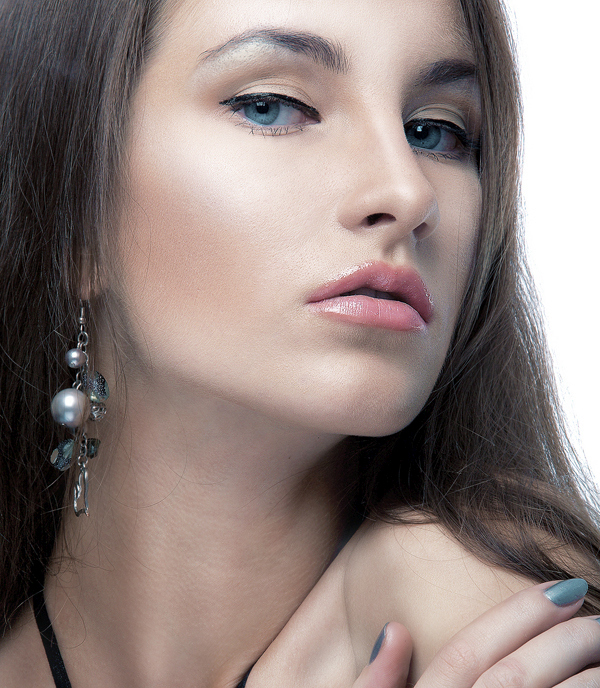
Tutorial Details
- Program : Photoshop CS3 +
- Estimated Completion Time : 30 minutes
- Difficulty : Beginner
Resources
Step 1
Prepare your model photo. Don’t choose the model with soft skin or much retouched ones. You should use the pictures with hight quality and the pores must be seen clearly. The process of retouching is not the same on every picture, it depends on your aim and the model in it. With my picture, I’ll be giving the model a natural touch, not a heavy make-up. You can see some close-ups of the pic I’ve chosen for this tutorial:

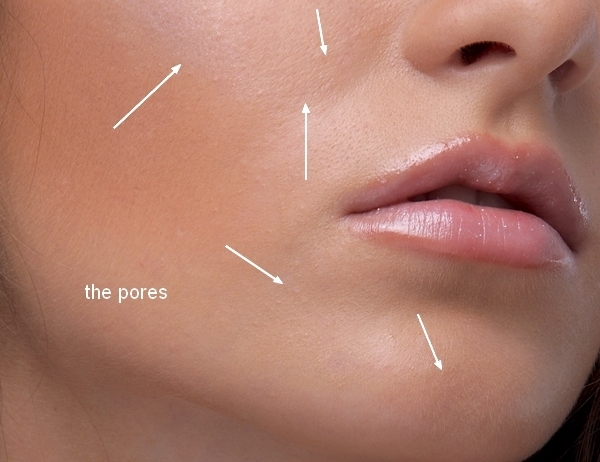
Press C to active the Crop Tool. We’ll remove the lower part of the model body to focus on her face.
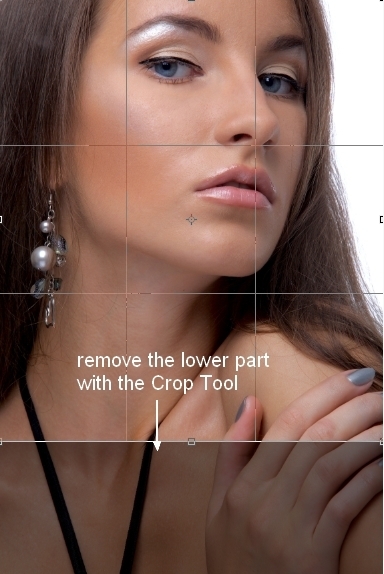
Step 2
Press Cmd/Ctrl+Shift+N to make a new layer. Active the Healing Brush Tool (J) with the settings below:
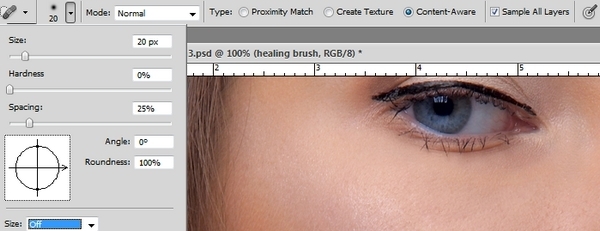
If you use Photoshop CS3 or CS4 you can check Proximity Match option.
Use this tool to remove the wrinkles, acnes or unwanted details to clean the face. Here are the parts I’ve worked on with this tool:
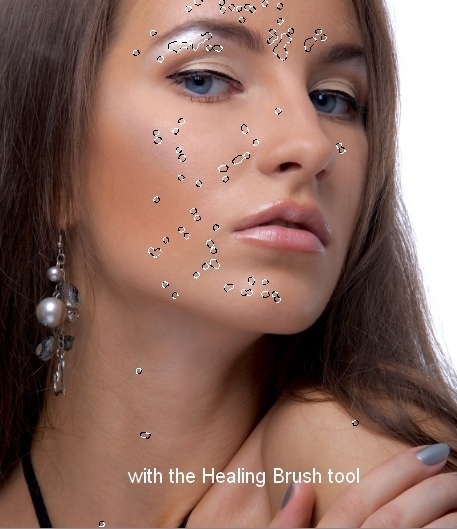
Step 3
Hit Cmd/Ctrl+Option/Alt+Shit+E to merge the background and the healing brush layer into a new one. Convert this layer to a Smart Object so you can apply the filters to it in non-destructive way.
To give the skin a more visible look, I used the Unsharp Mask filter.
Go to Filter > Sharpen > Unsharp Mask:
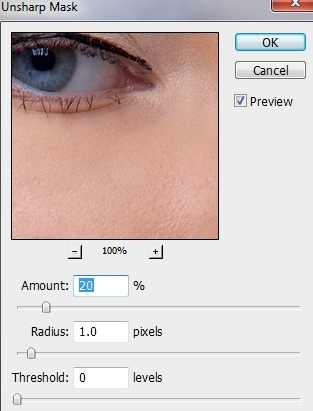
The values depend on your model skin sharpness. Drag Amount, Radius and Threshold until you get the desired look but remember we’re in the first steps so don’t adjust the skin too much. Don’t sharpen it if it’s sharp enough already.
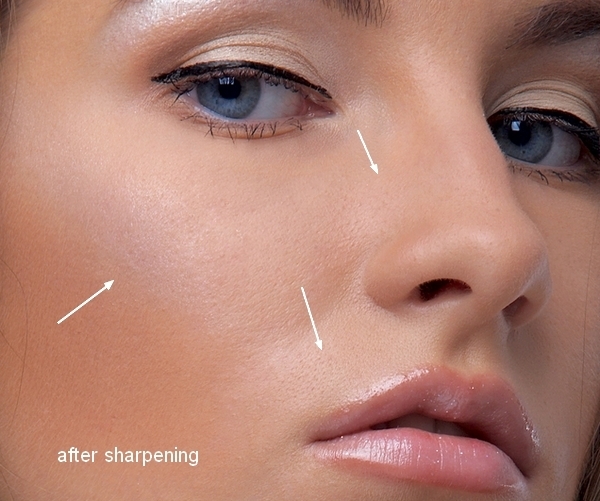
Step 4
On the Filter Mask, use a basic, soft brush with black color to erase the hair part as we don’t want it too sharp.

Step 5
Merge the layers again and convert this layer to a Smart Object. Go to Filter > Other > Custom:
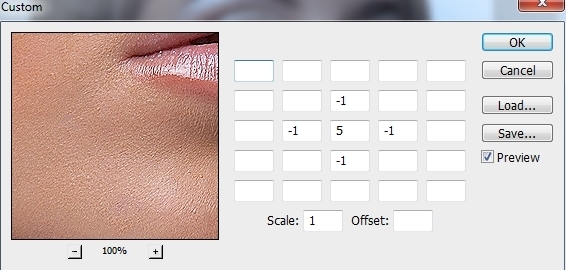
On its Filter Mask use a soft black brush to reduce or remove the effect on the hair, lips, eyes, contours of the face, nose or wherever you find too much sharp than you expected. You can see how I did it on the mask and the result on the picture:
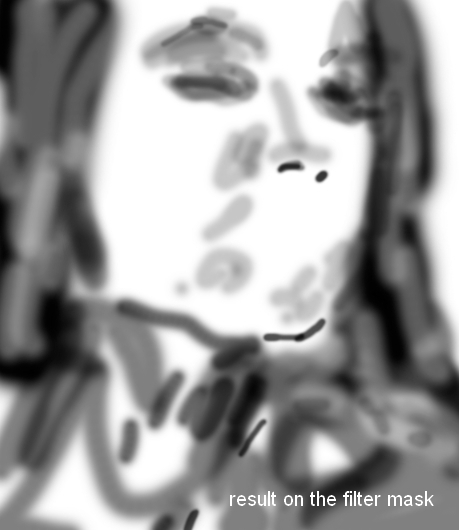
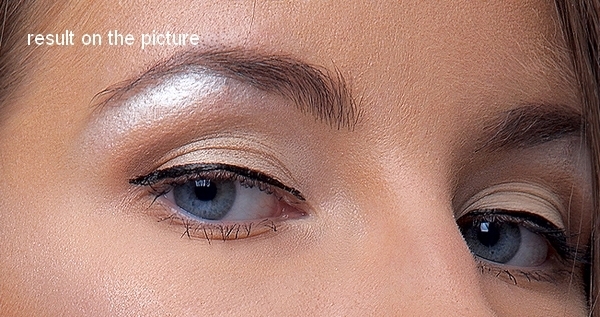
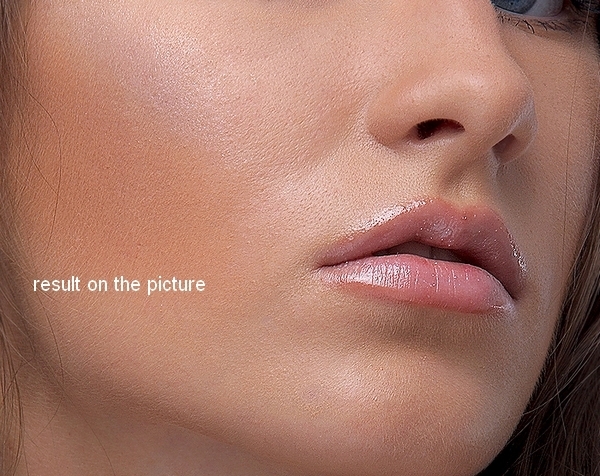
Step 6
Merge all visible layers. I’ve found that the model nose looks rough. To correct it, choose Filter > Liquify and choose the Forward Warp Tool:
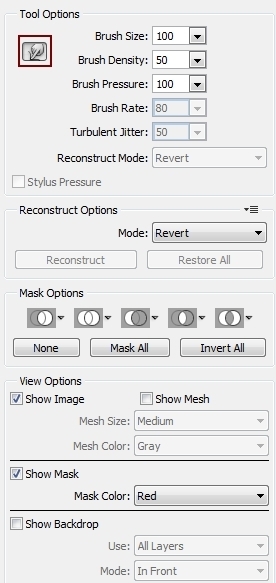
Use this tool to drag the nose contour from the right to the left:
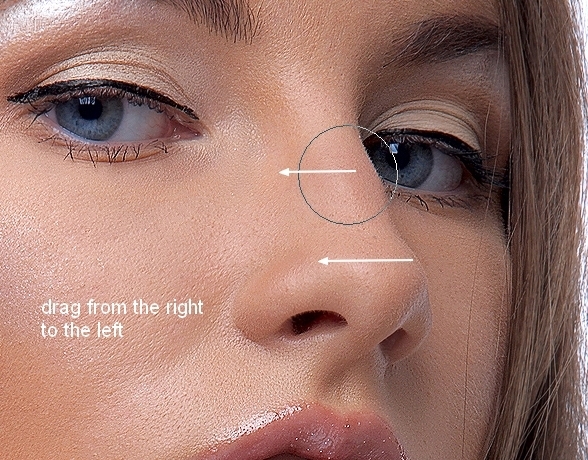
Here is the result you should get:
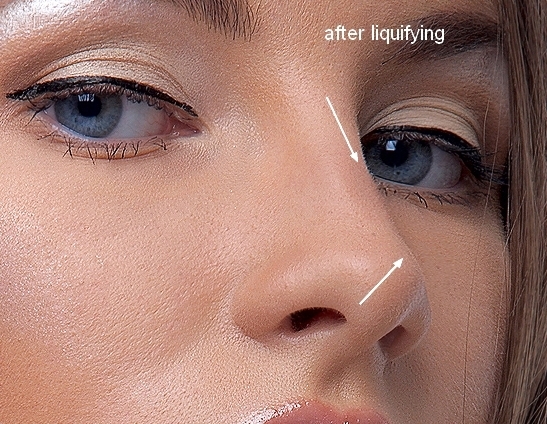
Step 7
To soften the neck (don’t forget this area!) I made a new layer and used a soft brush with the color #e3d1c7 (picked from the model skin), opacity and flow about 30-35% to paint on the indicated part:
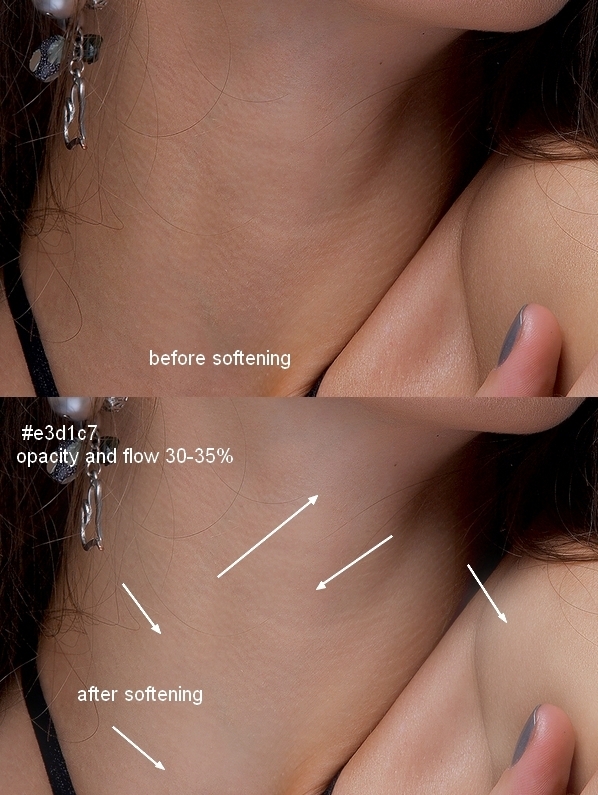
Don’t overdo it as you can loose the details.
Step 8
To add some shade to the neck I used a new layer, the soft brush with the color #785b52, opacity and flow 30-35% then change the mode to Multiply 100% :
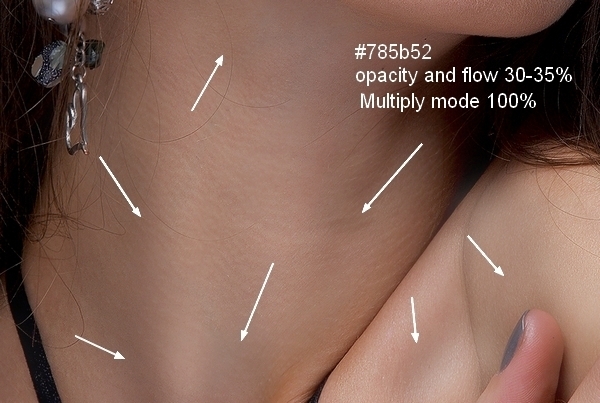
Step 9
I used an adjustment layer to change the color of the model. Go to Layer > New Adjustment Layer > Selective Color:
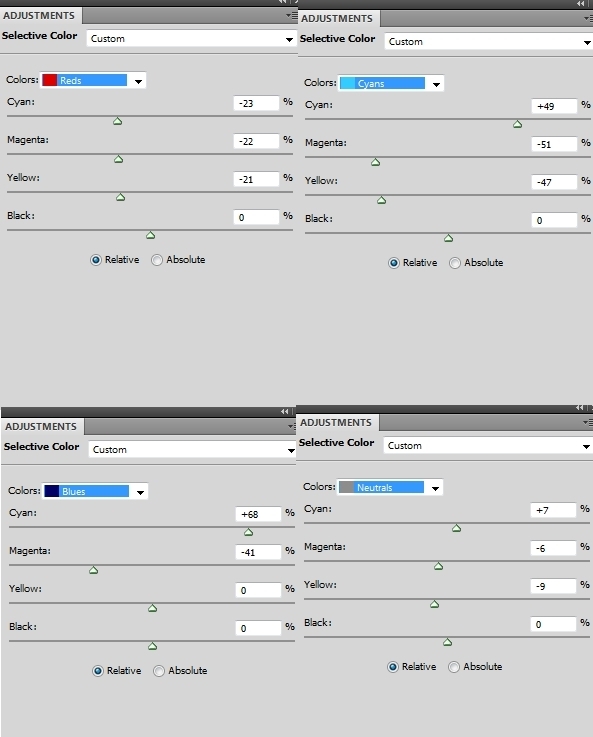
Notice that I changed the cyan and blue settings for the model eyes. If yours doesn’t have these colors, don’t adjust them. Also remember that the settings below (and in next steps) are only reference and you can always adjust them to suit your model.
On the Selective Color layer mask use a soft black brush with the opacity and flow about 30-35% to reduce the effect on the neck, the shoulder and the eyes:
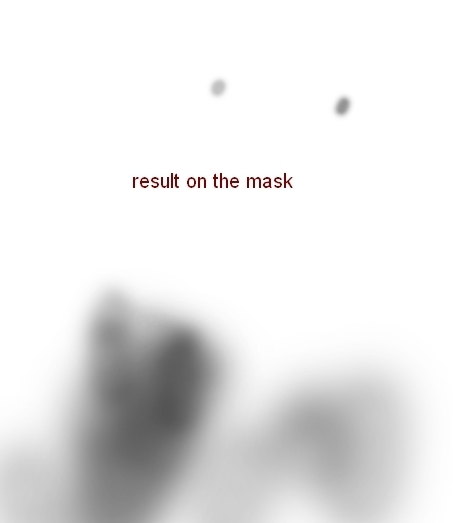

Step 10
I used a Color Balance adjustment layer for the pic:
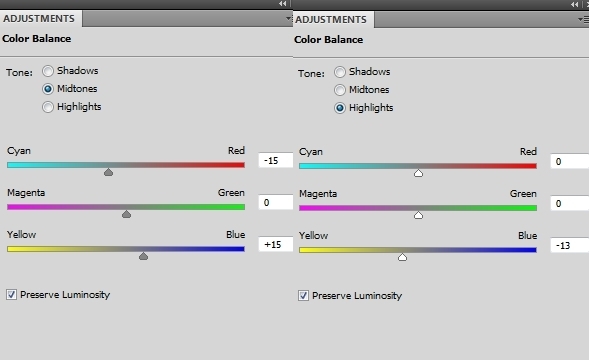
On this Color Balance layer mask use a soft black brush to remove the cyan cast on the hair, the neck, the shoulder and the eyes:
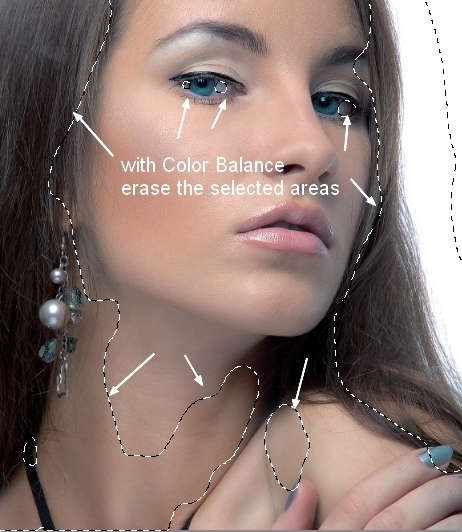
Step 11
I made a Curves adjustment layer to increase the contrast and highlight of the model:

Step 12
I used a Vibrance adjustment layer to desaturate the model color:
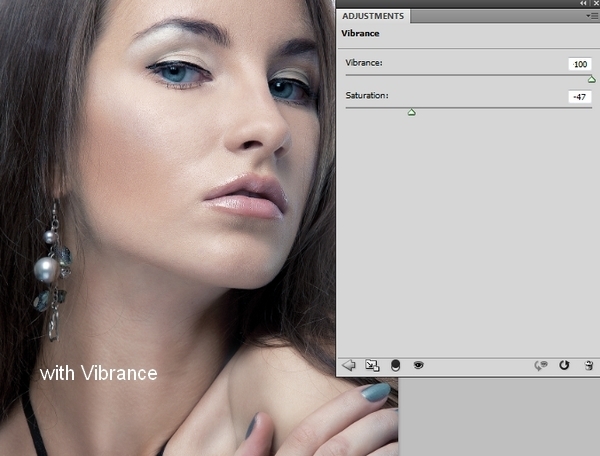
Step 13
To add more light to the model I created a new layer, use a soft brush with white color to paint on the checks, forehead, nose, chin, above the lips (paint on the parts illuminated in your picture). Set the mode of this layer to Soft Light 100%:
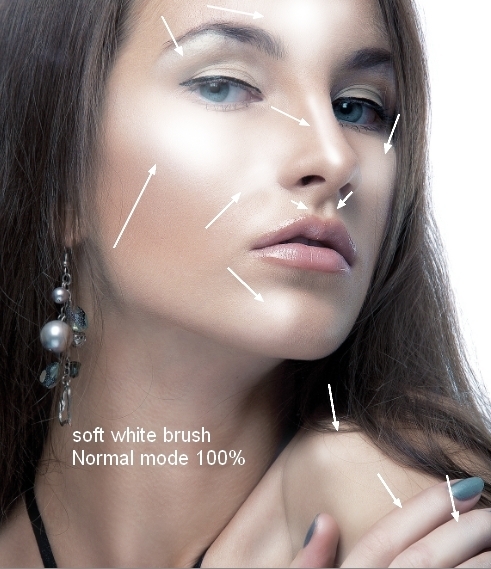
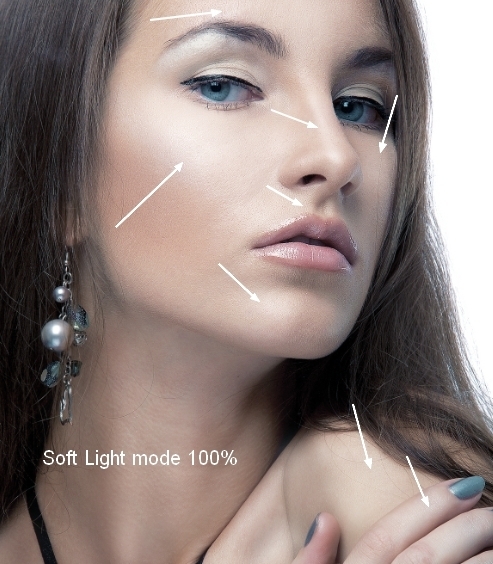
Step 14
Make a new layer, change the mode to Overlay 100% and fill with 50% gray:
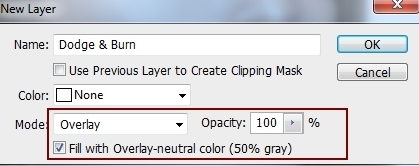
Active the Dodge and Burn Tool(O) with Midtones Range, Exposure 20% to refine the light and shade of the model and another details (eyes, nose, cheecks, forehead). You can see how I did it with Normal mode and the result with Overlay mode:

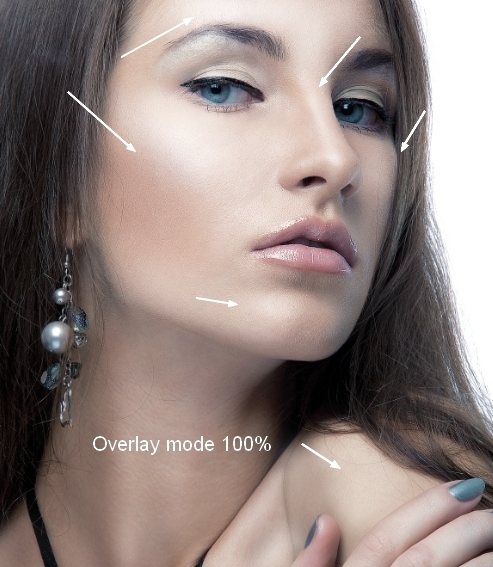
Step 15
To enhance the lips I made a new layer, used a soft brush with the color #c06171 to paint on them. Change the mode to Soft Light 60%:

Step 16
To add some light make-up to the eyes I used the soft brush with the color #e3cac1 to paint on the eyelids. Set the mode to Multiply 100%:
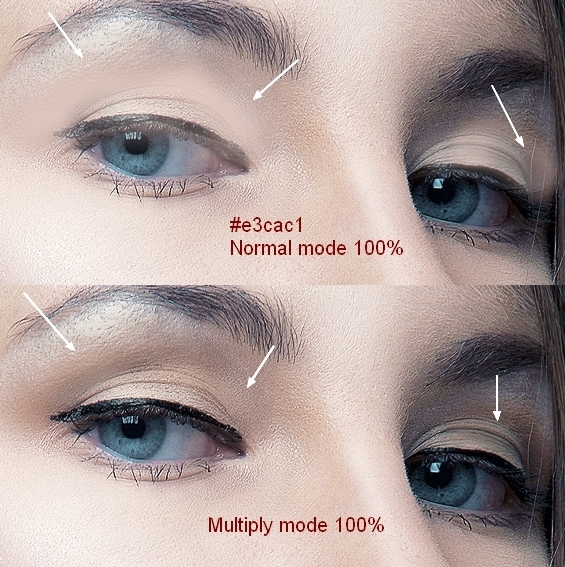
And We’re Done!
I hope that you enjoyed the tutorial.

Close-ups:
